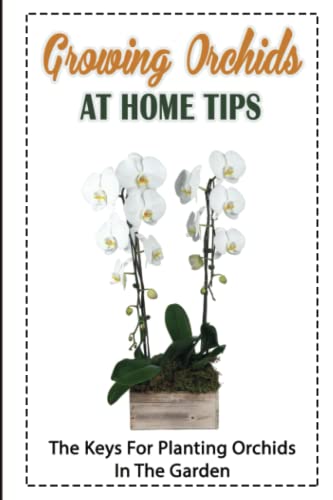
I almost threw this plant out last year, but I gave it one more chance and it opened a week ago.
Charlesworth Ltd. in England registered Dinard in 1930 and Arthos in 1942, but Arthos was never awarded or used in breeding, suggesting that there was nothing special about the original plants. Orchids Limited remade Arthos some years ago using high quality parents, hoping for strong coerulea flowers with excellent configuration; some of their plants fulfilled this hope.
However, my previous three Arthos flowers haven’t been as nice as those on my Dinard ‘Blue Heaven’ that southernbelle most kindly gifted me. I gave Arthos one more try because I was changing some things with my culture and wanted to see the results. Now I think Arthos can stand proudly next to its parent.
This current inflorescence is thick and produced 4 flowers. While the various Dinard cultivars have all been able to have 4 flowers, I thought mixing in more trianae to create Arthos might reduce the flower count to only 2 or 3, but that didn’t happen. Here is a view of three of the flowers that were clustered together.





































